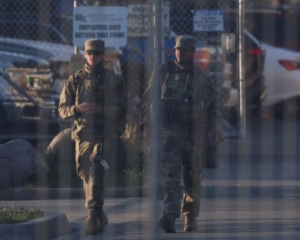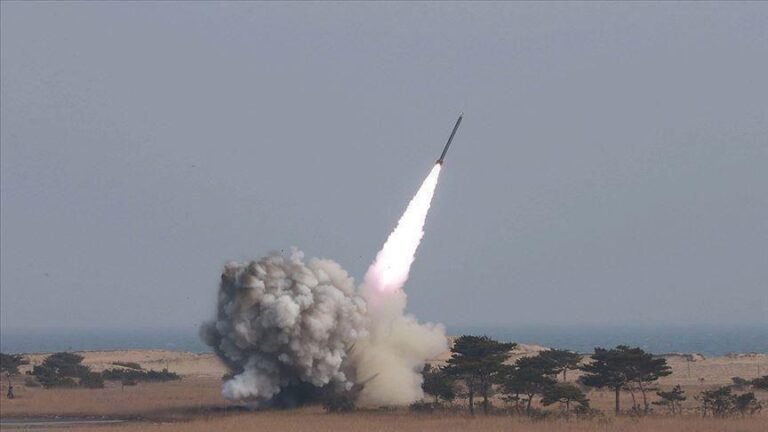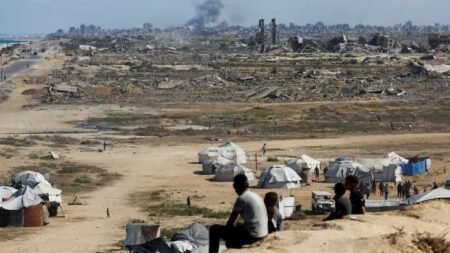Iran has launched a new type of missile attack on Israel, using multi-warhead ballistic missiles for the first time. The assault marks a new phase in the growing conflict between the two countries. According to reports released on Monday, the missiles hit several Israeli sites with high precision and destructive power.
The missiles used in this operation were designed by the Islamic Revolutionary Guard Corps (IRGC). Iran’s military confirmed that the strike was carried out as part of “Operation To Promise.” This was the 20th such attack on Israel under the ongoing operation. What makes this strike different is the use of the Kheibar Shekan ballistic missile, a new and more advanced model from the IRGC’s Aerospace Force.
This missile is Iran’s third-generation technology and features a multi-warhead system. These types of missiles can hit multiple targets in a single launch. Each missile splits into several heads in the sky, each heading toward a different target. This increases the chances of hitting key enemy positions even if one or more warheads are intercepted.
Military experts note that this is the first time Iran has publicly used multi-warhead technology in combat. Previous missile strikes involved single-head missiles, which had limited range and impact. The new missiles, powered by both solid and liquid fuel, offer greater flexibility. They also allow for quicker launch times and improved target accuracy.
According to the Iranian report, a total of 40 ballistic missiles were fired during the attack. The missiles hit several Israeli military and research sites. Among them were Bengurion Airport, a major biological research center, and a command and control base. The strike was said to be highly successful in reaching its targets.
Iran’s military claims that the new strategy added an element of surprise. By using unexpected techniques and advanced missile design, they were able to bypass some of Israel’s defense systems. The result, according to the report, was a more accurate and damaging attack than in previous operations.
Iran’s media also highlighted that this step represents a shift in military thinking. It shows Iran’s growing focus on modern warfare tactics and missile development. The IRGC’s Aerospace Force, responsible for the missiles, has been working on new technologies for years. With the use of these new weapons, Iran aims to send a strong message to its enemies.
The attack follows weeks of rising tension in the region. In recent months, Iran has accused Israel of targeting its military advisors and facilities in Syria and other places. In response, Iran has steadily increased its military presence and readiness. The latest missile attack appears to be a calculated move to demonstrate Iran’s military capabilities and deter future actions from Israel.
Political analysts say that this strike could further increase tensions in the Middle East. Neighboring countries have already raised concerns about the possibility of a broader conflict. Many fear that continued missile exchanges between Iran and Israel could lead to direct war or pull other nations into the fight.
At the same time, global powers have called for restraint. Some have urged both sides to avoid steps that could trigger an even larger crisis. However, with Iran introducing more advanced weapons, the balance of power in the region may begin to shift.
International reaction to the attack has been mixed. While some countries condemned the missile strike, others called for a peaceful solution to the ongoing conflict. Military analysts believe that Iran’s use of multi-warhead missiles could be a turning point. It may prompt Israel and its allies to invest more in missile defense systems that can detect and destroy multiple incoming warheads at once.
This development also raises questions about missile proliferation and security in the Middle East. As Iran’s technology grows, other countries in the region may seek similar weapons. This could lead to a new arms race and add to the instability already present in the region.
Iran’s government has not yet announced whether more such attacks will follow. However, statements from military officials suggest that Iran is prepared to continue similar operations if it feels threatened. For now, the use of multi-warhead missiles signals a bold step in Iran’s military strategy and a warning to its adversaries.







